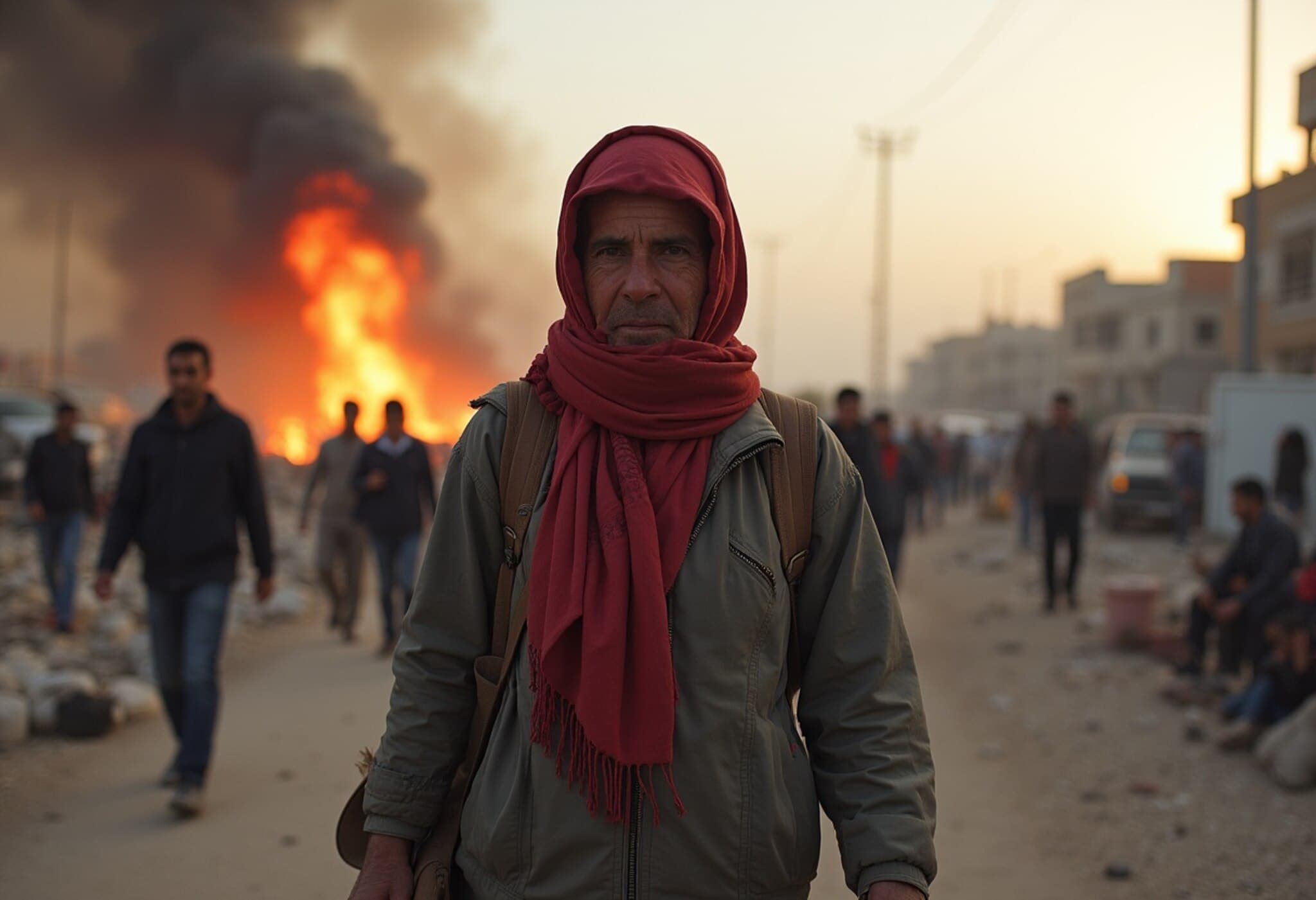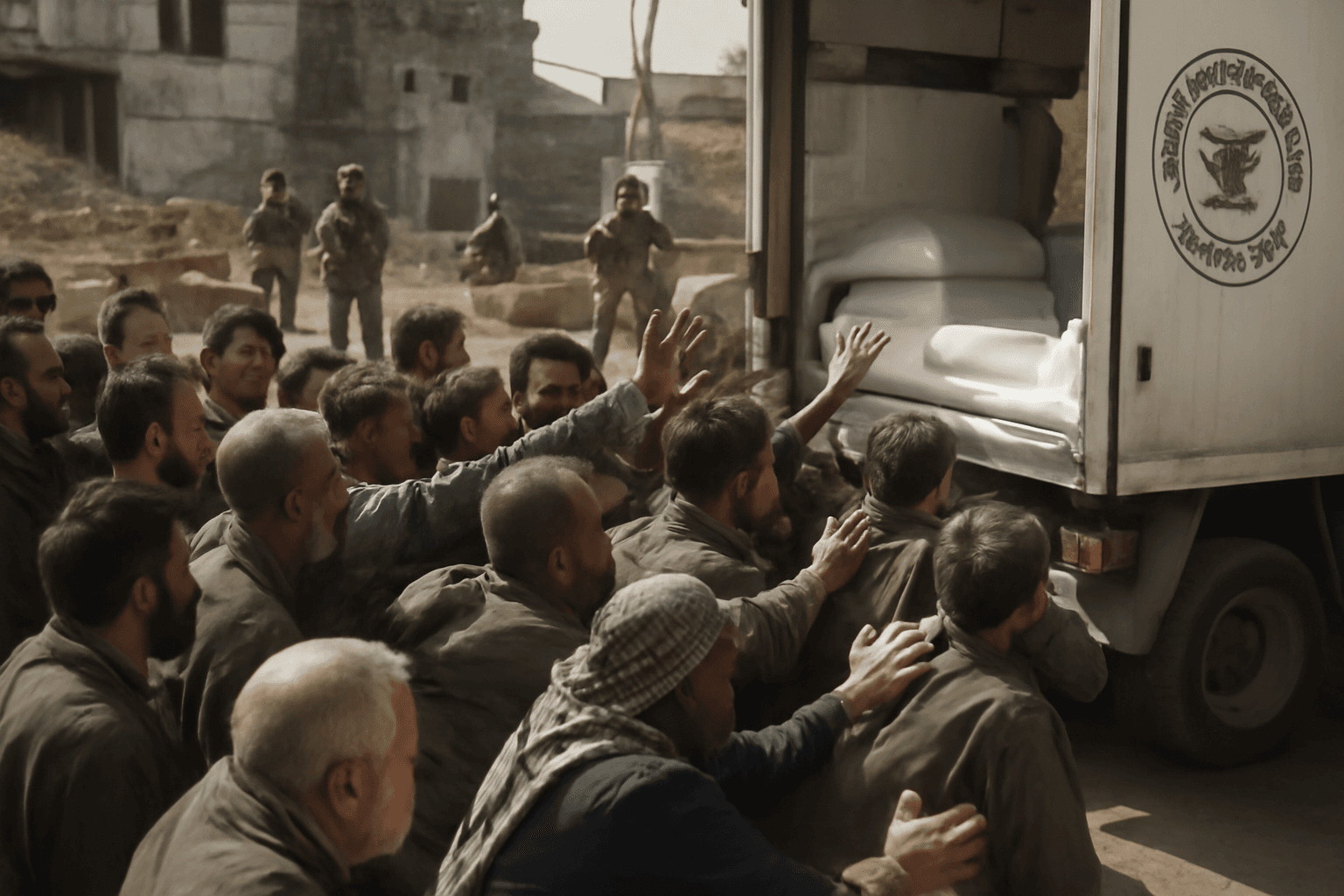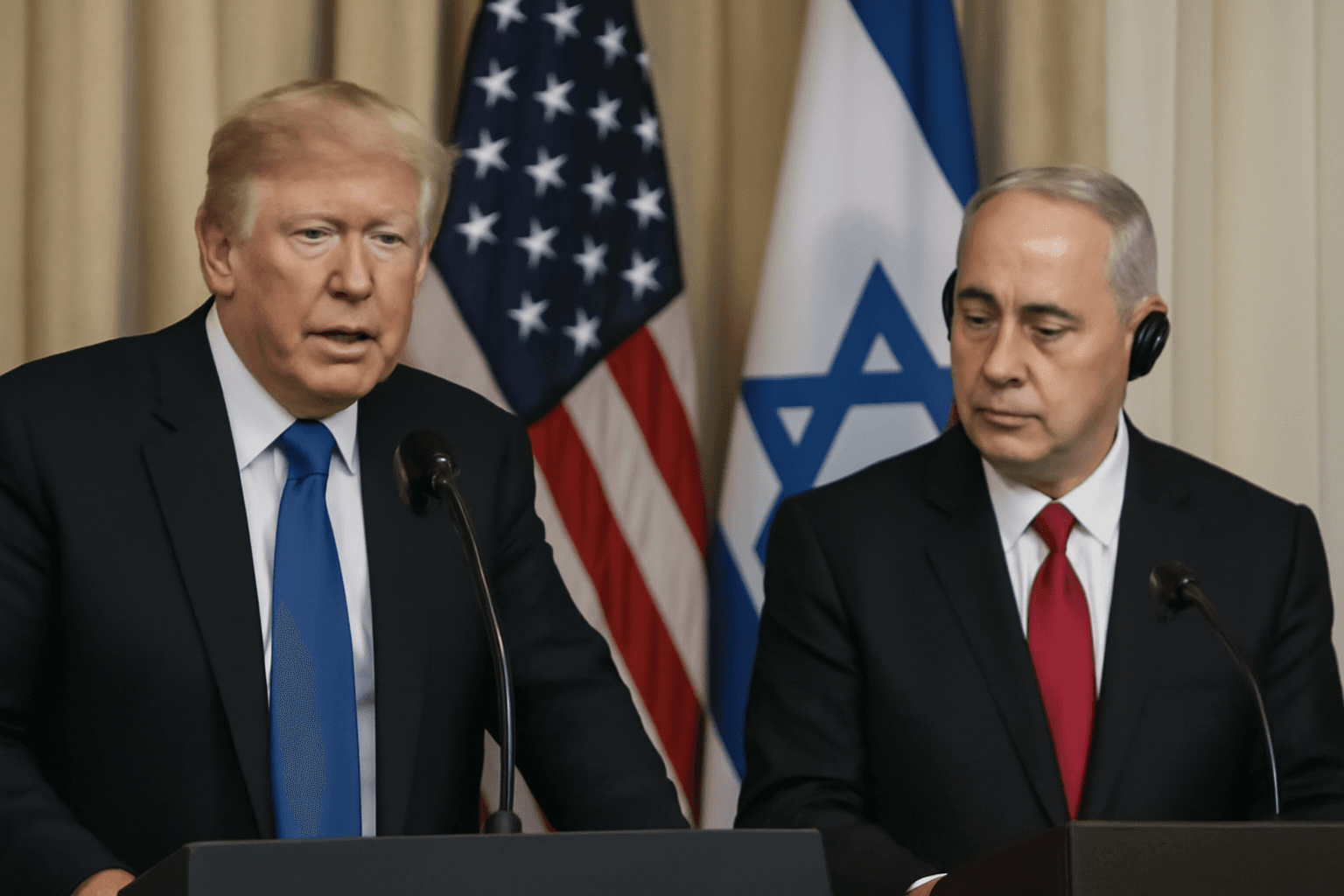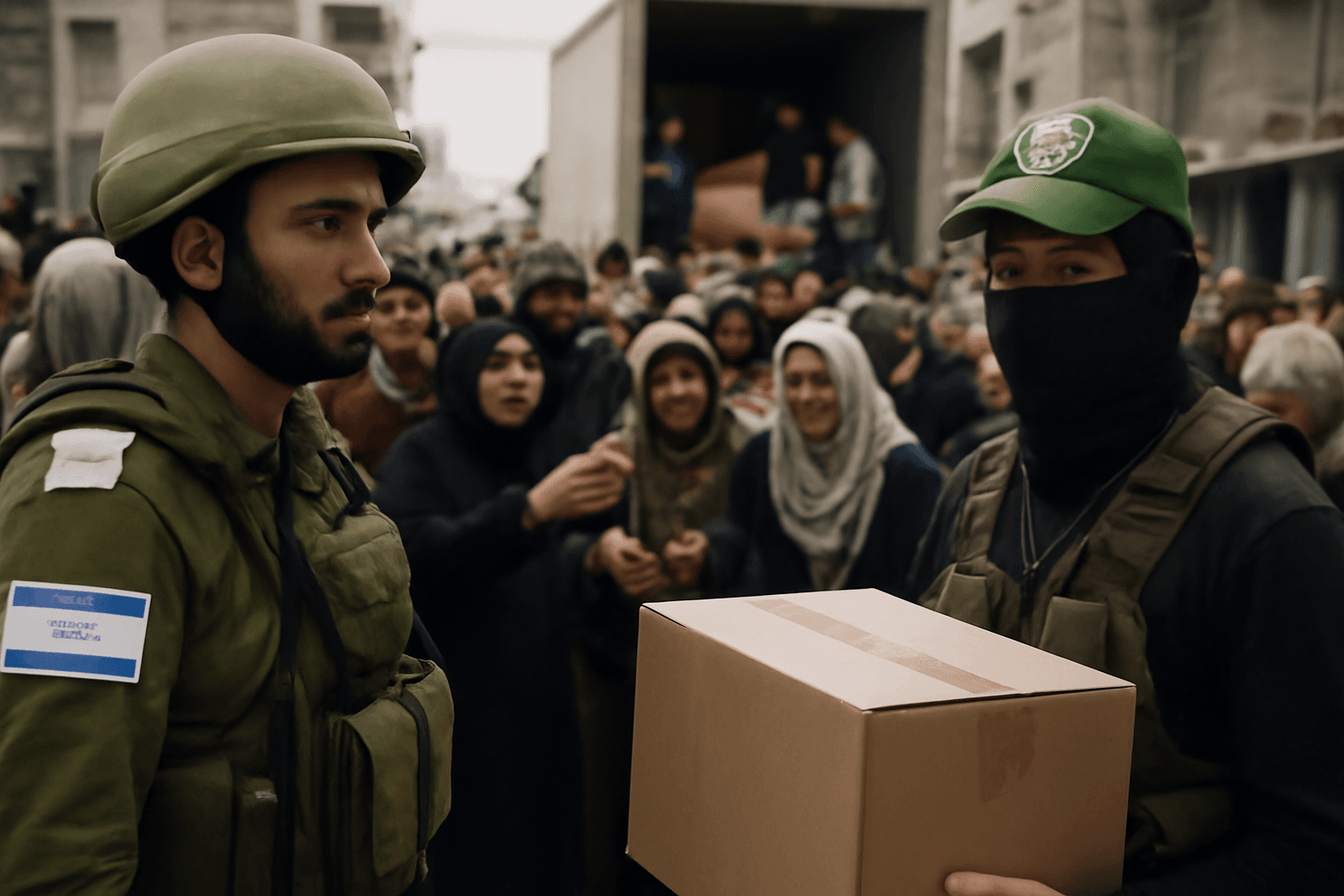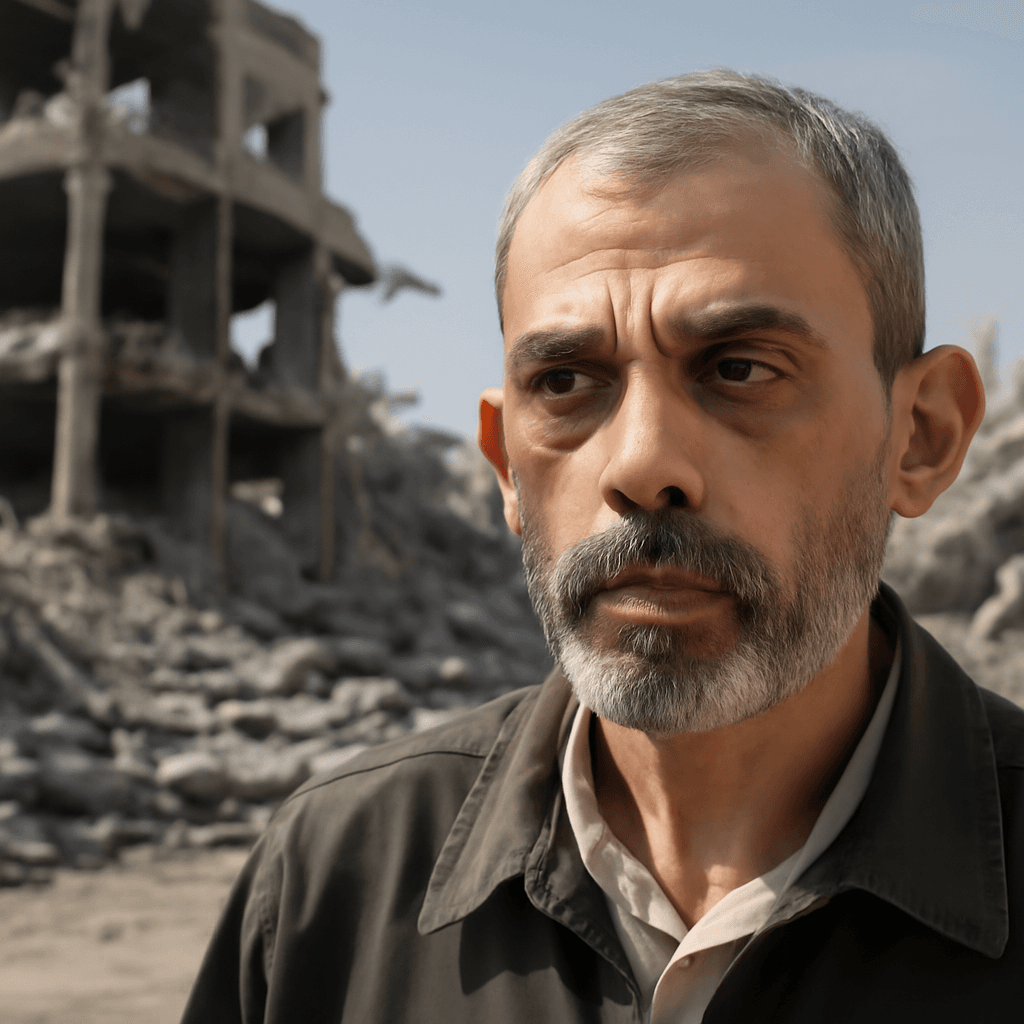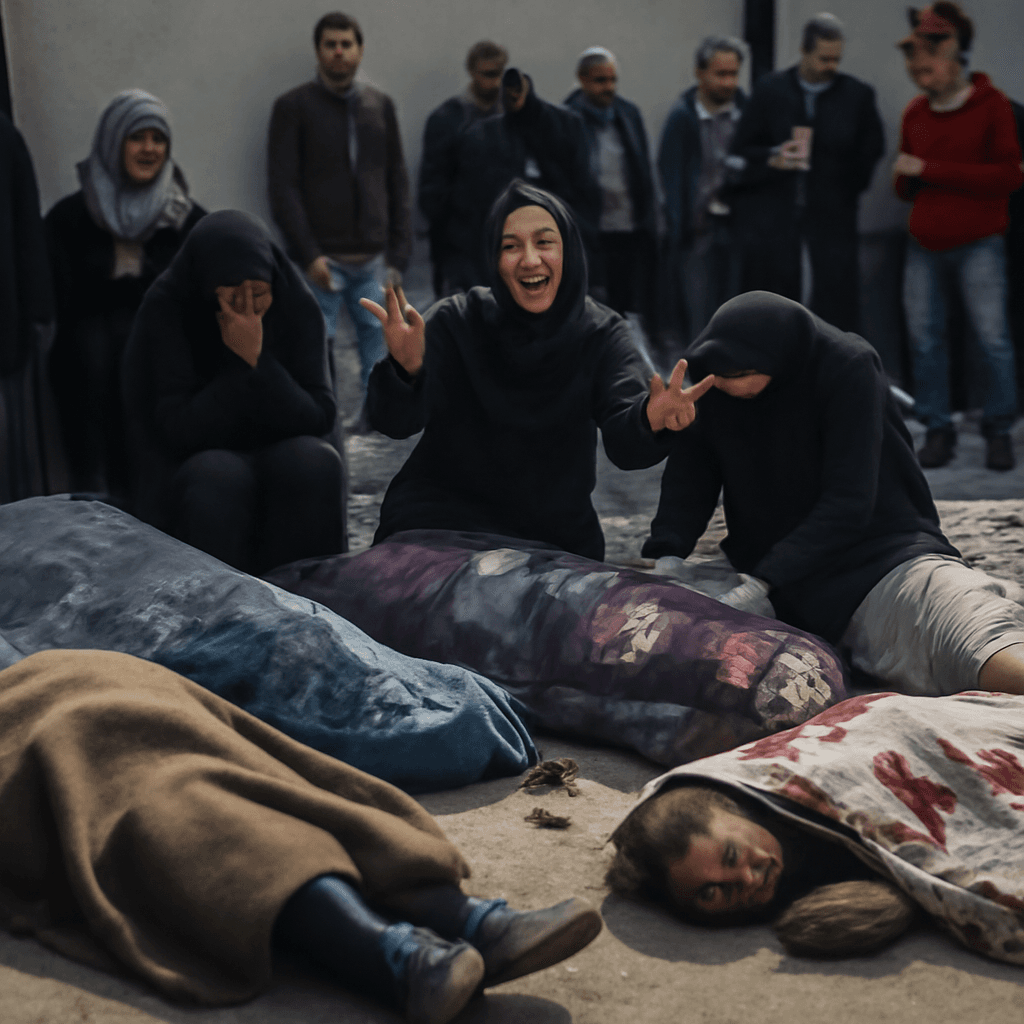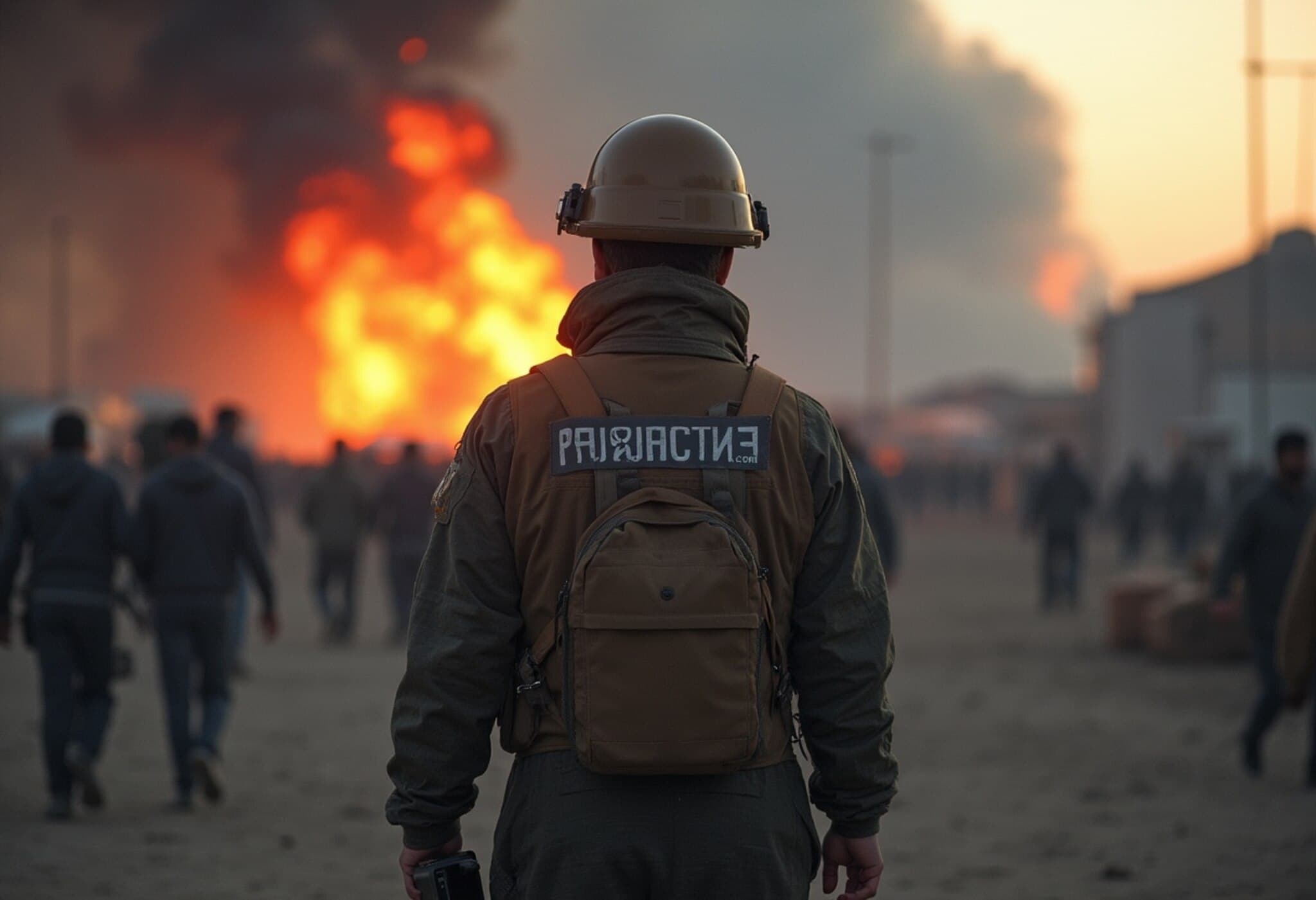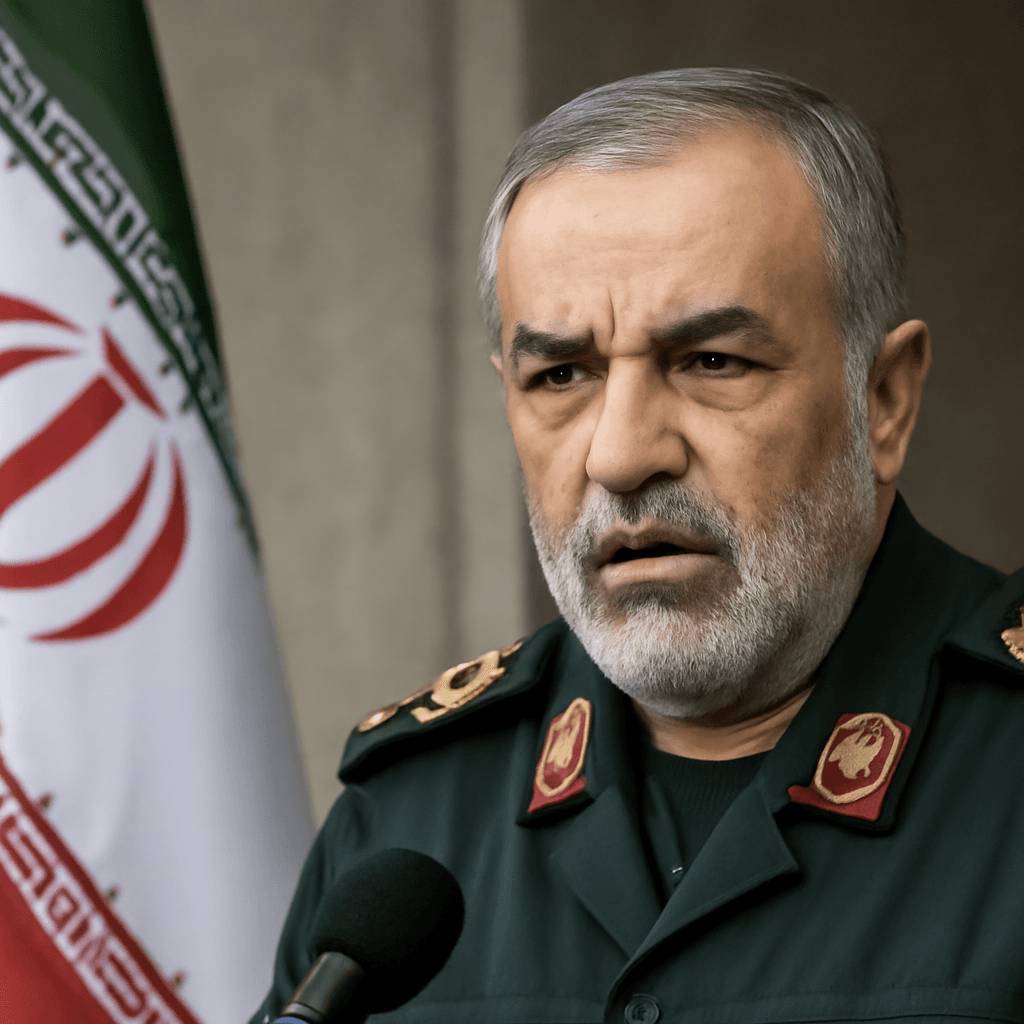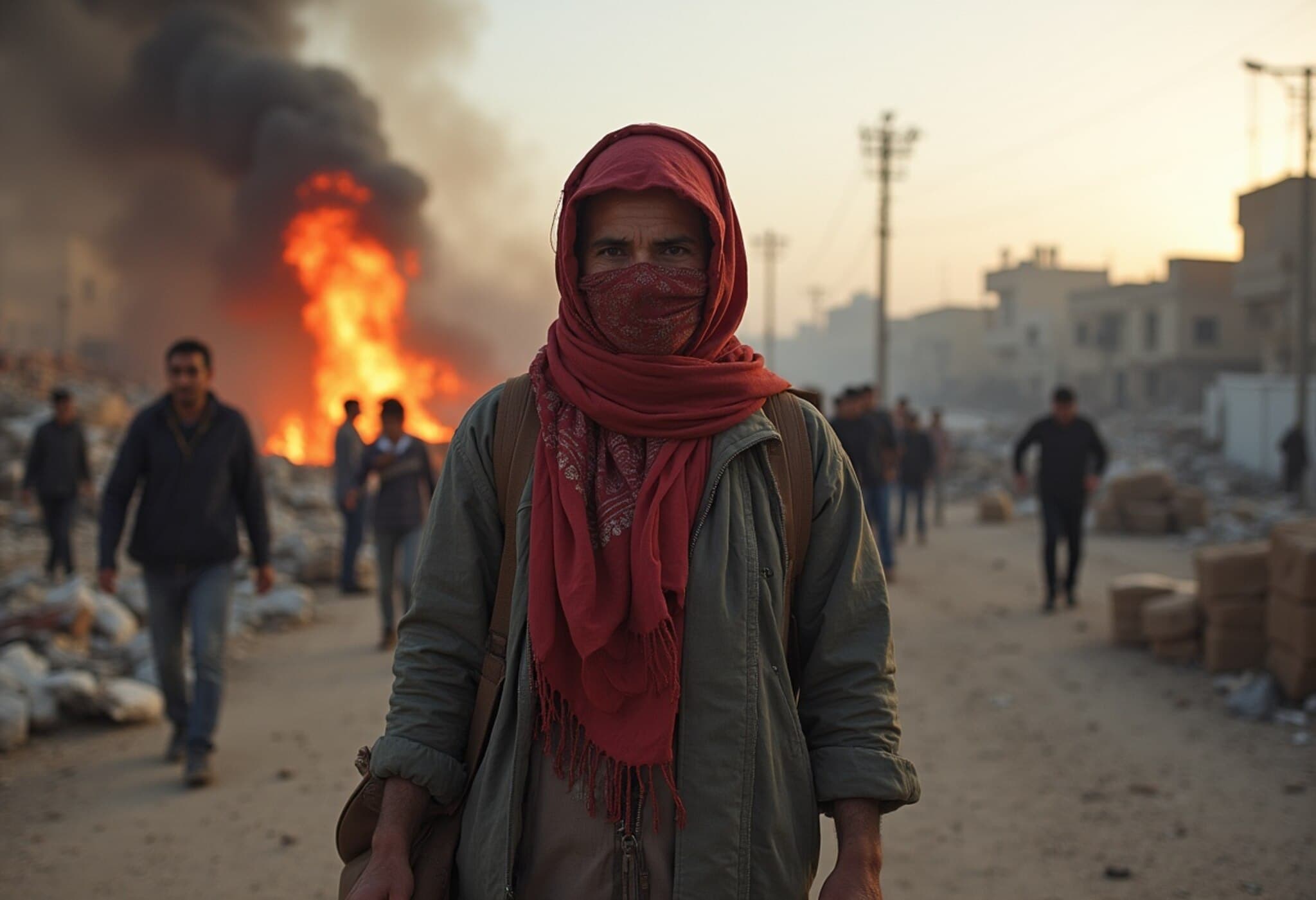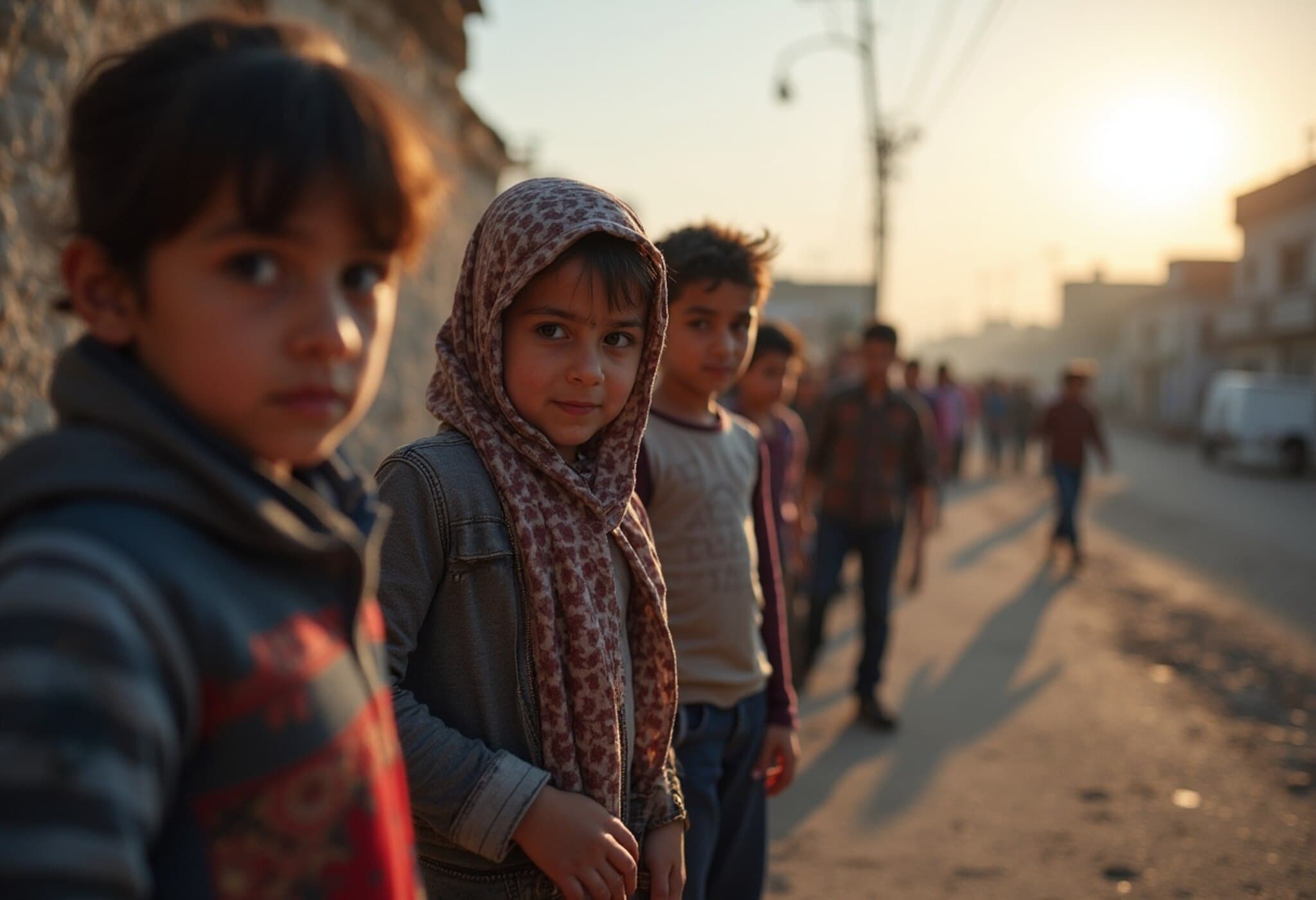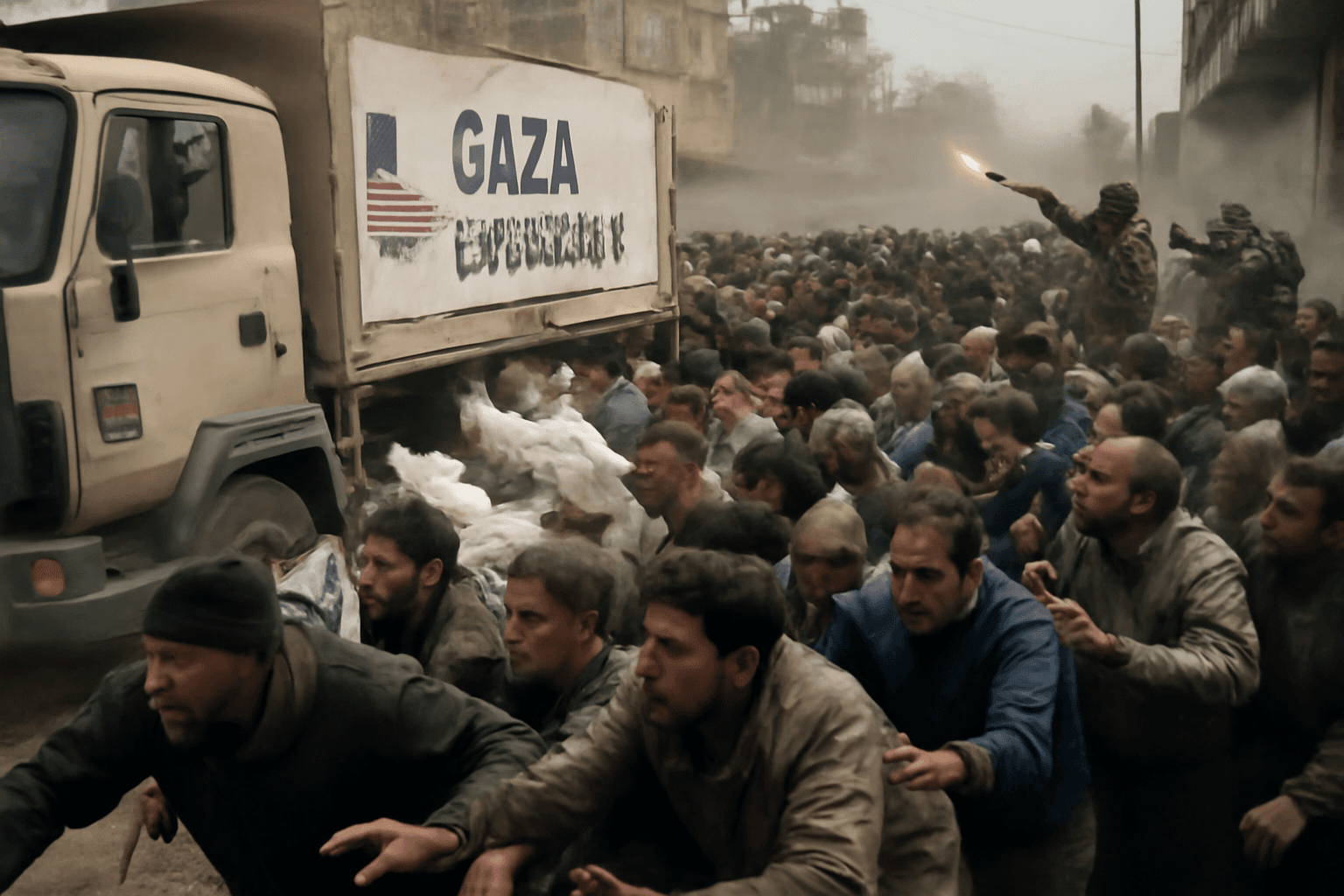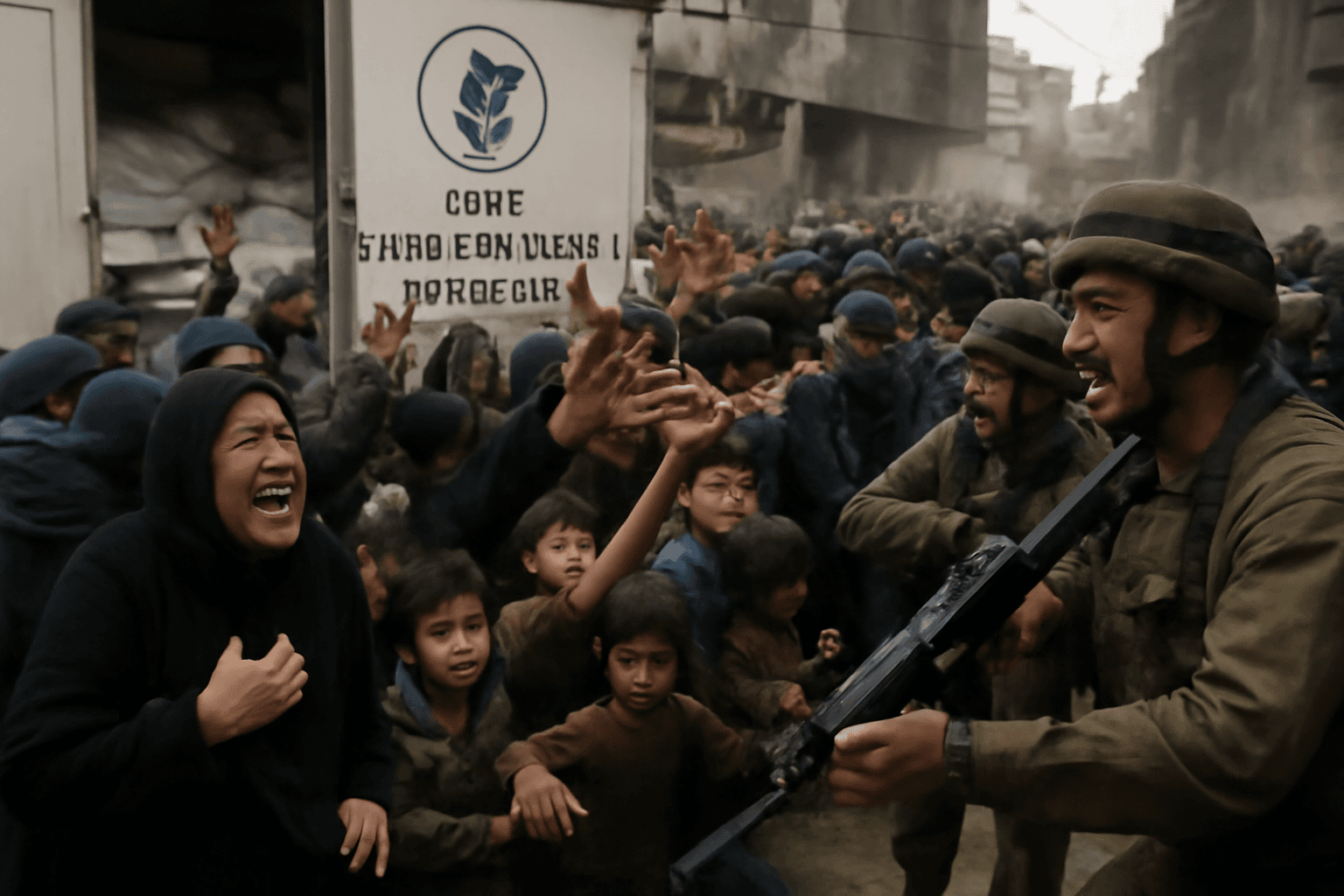Deadly Violence Strikes Gaza’s Aid Seekers Amid Escalating Conflict
Deir Al-Balah, Gaza Strip — July 21, 2025: In a heartbreaking escalation of violence that underscores the brutal reality of Gaza’s humanitarian crisis, at least 85 Palestinians lost their lives while attempting to access food aid on Sunday, marking the deadliest day for aid-seekers since the war began over 21 months ago, according to Gaza’s Health Ministry.
Chaos at Aid Distribution: Gunfire Claims Dozens
The tragedy unfolded primarily in northern Gaza near the Zikim crossing, where Palestinians gathered in massive numbers hoping for relief supplies. Despite the United Nations World Food Program successfully delivering 25 aid trucks intended for starving communities, conflict erupted as crowd control efforts escalated violently.
Eyewitness accounts and footage shared by UN personnel reveal harrowing scenes of automatic gunfire amid panicked crowds. One survivor, Ehab Al-Zei, who had gone 15 days without bread, described being trapped for nearly two hours as “gunshots and strikes rained down.” His raw sentiment—“Let us die of hunger, it’s better”—reflects an unbearable desperation gripping Gaza’s civilians.
Conflicting Narratives and Questions of Accountability
Israel’s military confirmed engaging what it described as a “threatening mass gathering” in northern Gaza and acknowledged some casualties. However, it disputed the casualty figures reported by Gaza’s Hamas-led Health Ministry, accusing militant groups of fomenting chaos to muddy the facts.
Meanwhile, hospitals reported more than 150 wounded, many critically, further stretching Gaza’s overwhelmed healthcare infrastructure.
Widening Evacuation Orders Add to Humanitarian Strain
Adding another layer of complexity, Israel issued new evacuation orders for central Gaza areas, including parts of Deir al-Balah—a relative rare zone for ground operations and home to numerous international aid organizations.
- Multiple humanitarian offices have been ordered to evacuate immediately.
- At least nine medical clinics have shut down, severely curtailing health services.
- Evacuations disrupt access between Deir al-Balah and southern cities such as Rafah and Khan Younis.
The United Nations is urgently seeking clarification on whether its facilities are included in these new orders. Local residents express bewilderment and despair, questioning where displaced populations can possibly go amid shrinking safe zones.
International and Regional Context
The violence comes as Israel and Hamas continue ceasefire negotiations in Qatar. Despite diplomatic efforts, Israeli Prime Minister Benjamin Netanyahu maintains that intensifying military pressure could expedite a resolution.
Since October 7, 2023, when Hamas militants launched an unprecedented attack on southern Israel, sparking this prolonged conflict, the situation has deteriorated sharply. Gaza, home to more than 2 million Palestinians, endures a tipping point humanitarian emergency marked by displacement, food insecurity, and decimated infrastructure.
Human Impact and Broader Implications
The tragic loss of life during what should be life-saving aid deliveries exposes the grim intersection of military objectives and humanitarian needs. It raises critical questions about the protections entitled to civilians under international law and the efficacy of measures taken by all sides to avoid harm to non-combatants.
Moreover, the siege-like conditions stymie aid organizations and compound the suffering of those trapped in the conflict zone. As hunger deepens and medical supplies dwindle, the risks multiply.
Expert Commentary: Navigating a Complex Humanitarian Security Landscape
From a policy perspective, this incident highlights the urgent need for:
- Greater international oversight: Independent investigations must clarify circumstances around aid convoy attacks to ensure accountability.
- Safe corridors for humanitarian access: Without secure, protected access points, relief efforts cannot reach those in dire need.
- Diplomatic urgency: Renewed, intensified diplomatic efforts are essential to halt hostilities that disproportionately impact civilians.
In the U.S. and broader international forums, lawmakers and advocacy groups face mounting pressure to take substantive action that addresses not only immediate aid logistics but also the root causes perpetuating this crisis.
Summary: Gaza’s Deadliest Day for Aid Seekers Calls for Urgent Global Response
The harrowing scenes from northern Gaza on July 21 serve as a grim reminder that war's toll is heaviest on the vulnerable. As aid convoys turned into deadly flashpoints, the international community is called to reflect on the balance between military objectives and humanitarian imperatives. Without urgent intervention and guaranteed safe passage for aid, the humanitarian catastrophe will only deepen.
Editor's Note:
This tragedy underscores the fundamental principle that humanitarian aid must be protected even amid conflict. Readers should consider the complex dynamics—military, political, and social—that limit aid effectiveness in Gaza. How does the international community reconcile security concerns with urgent human needs? What roles do accountability and transparency play in preventing further loss of innocent lives? These questions merit continued, informed attention as this conflict evolves.

